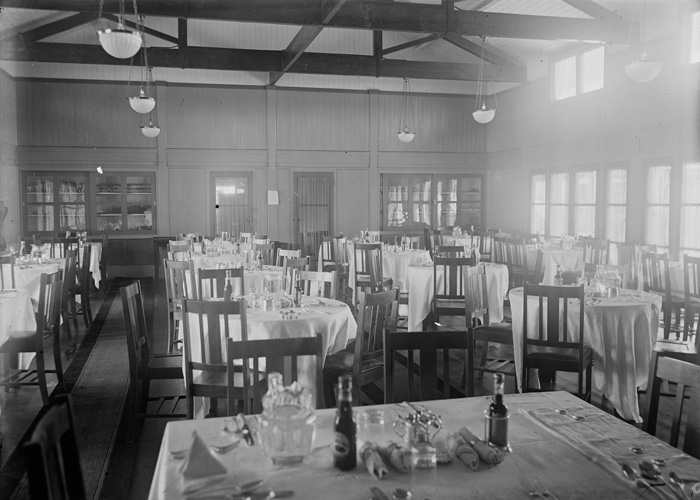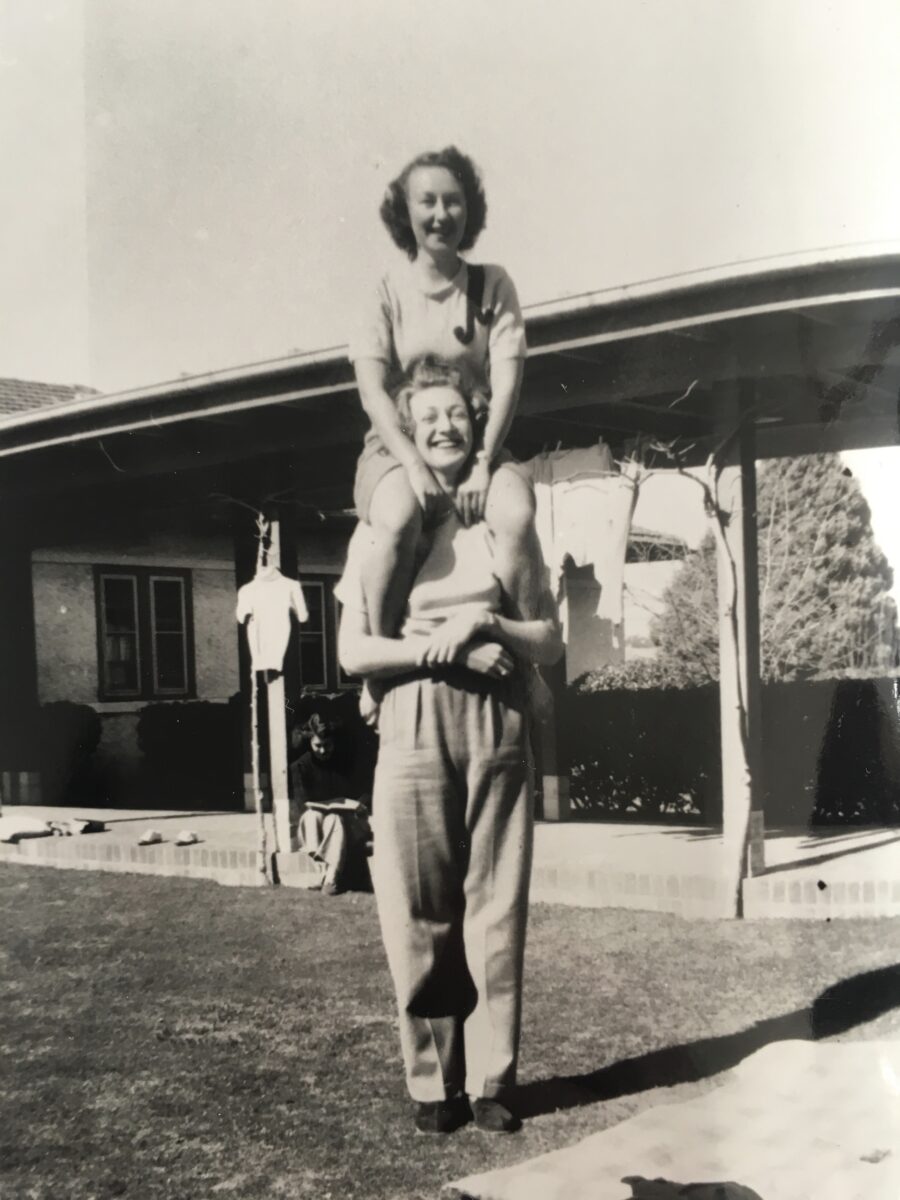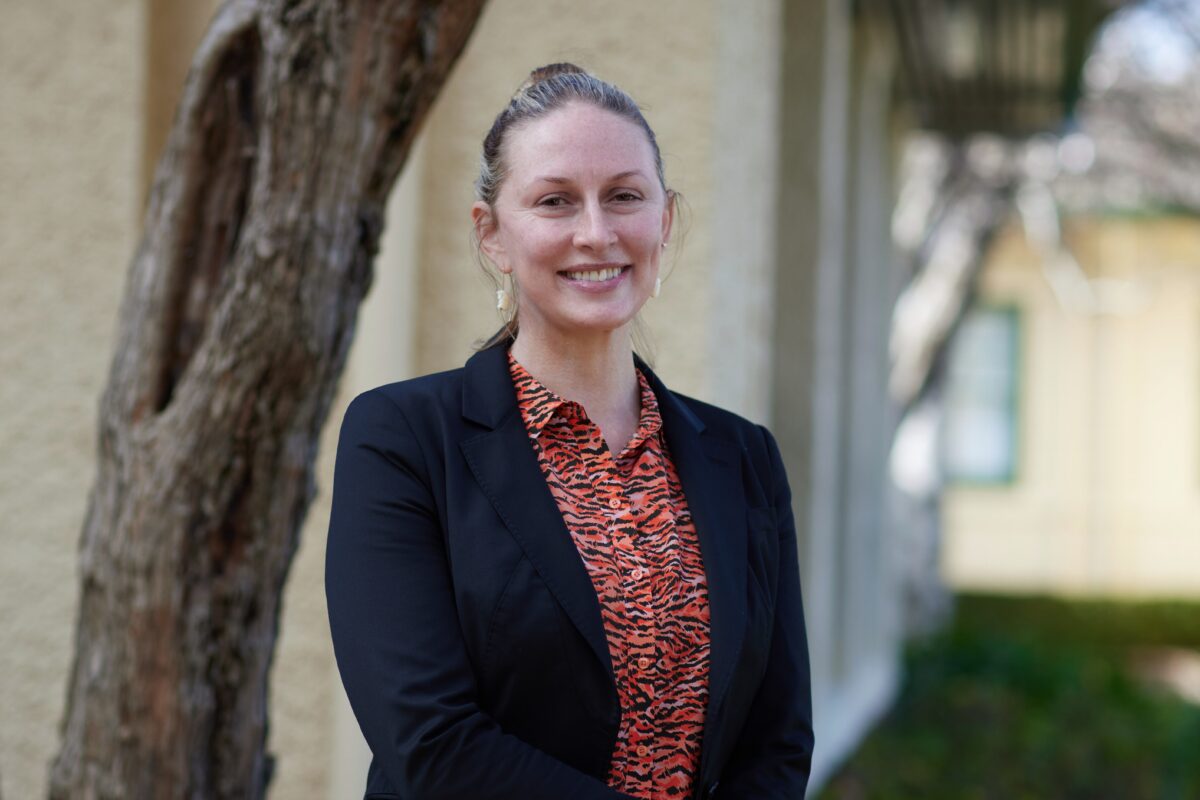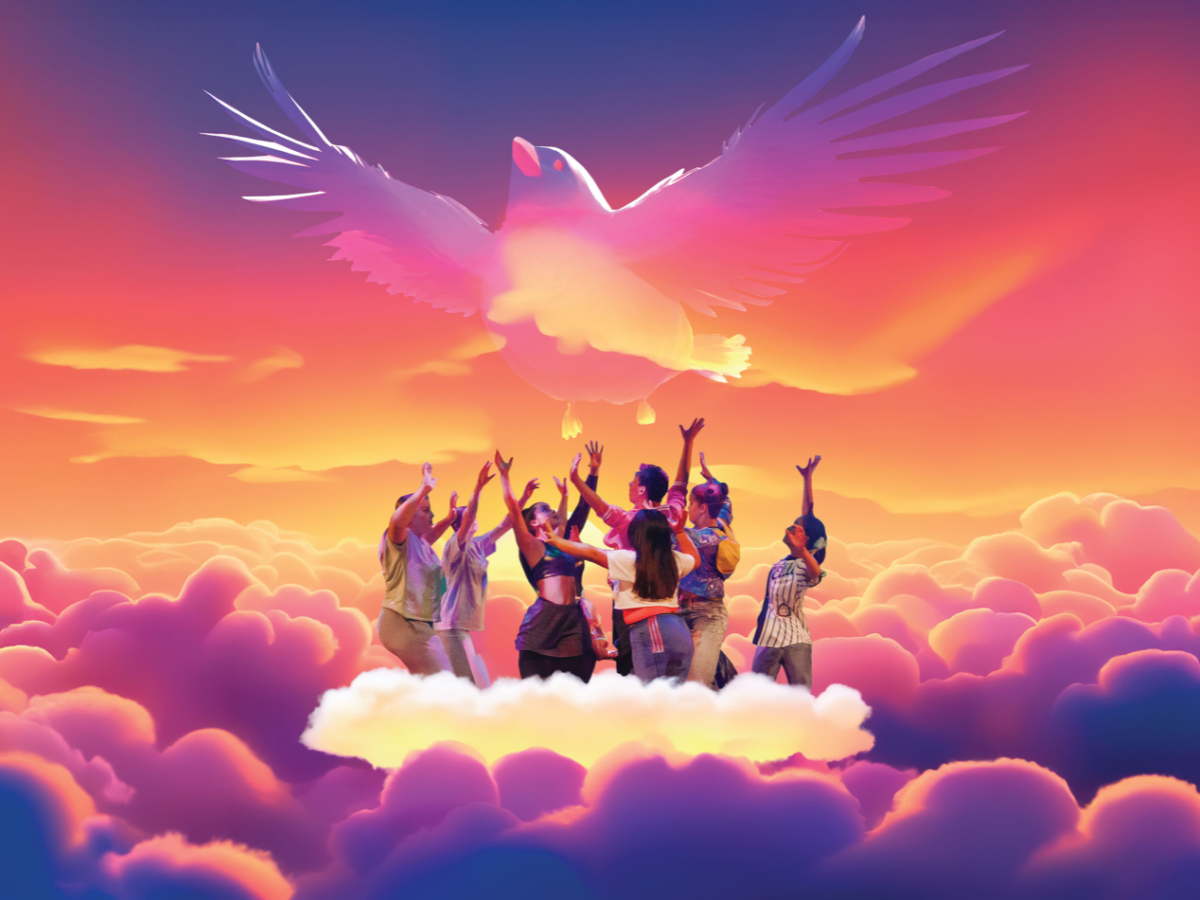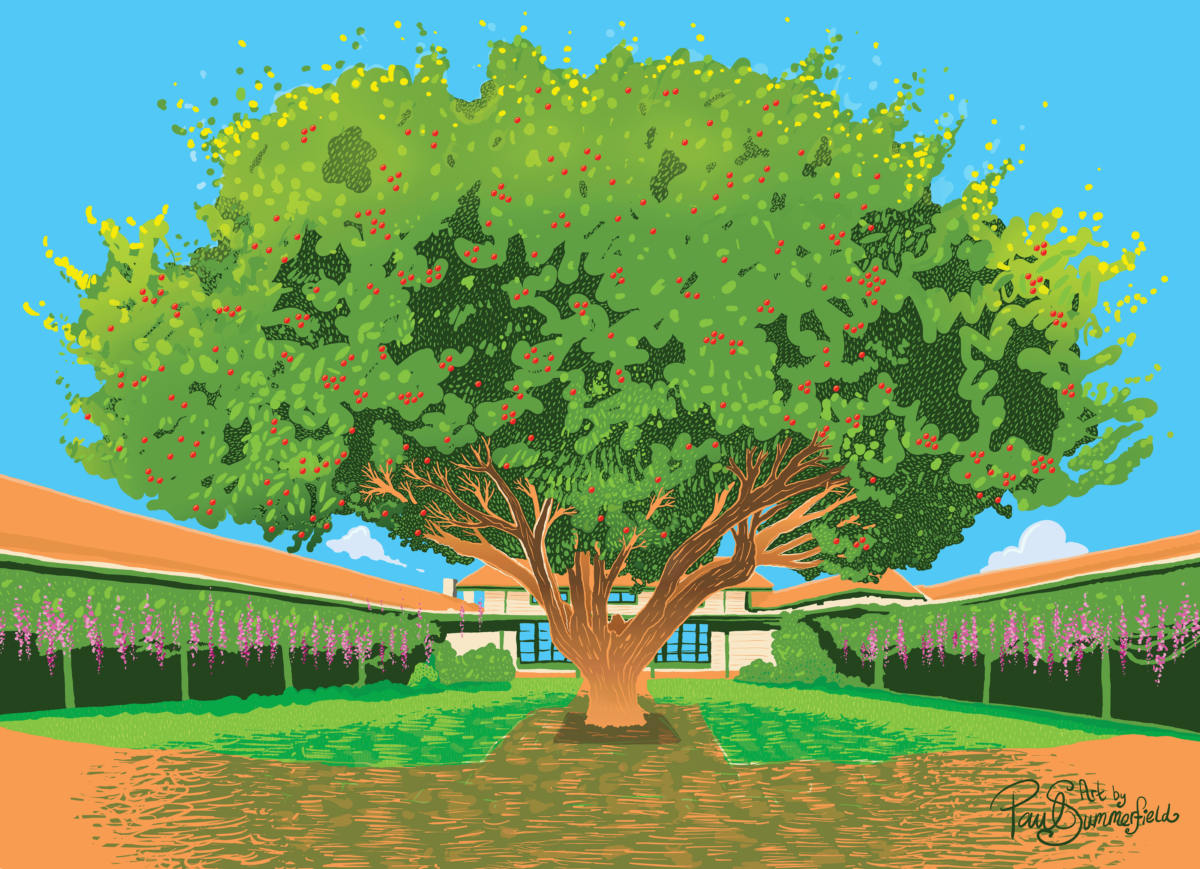Loft Resident: Haji Oh
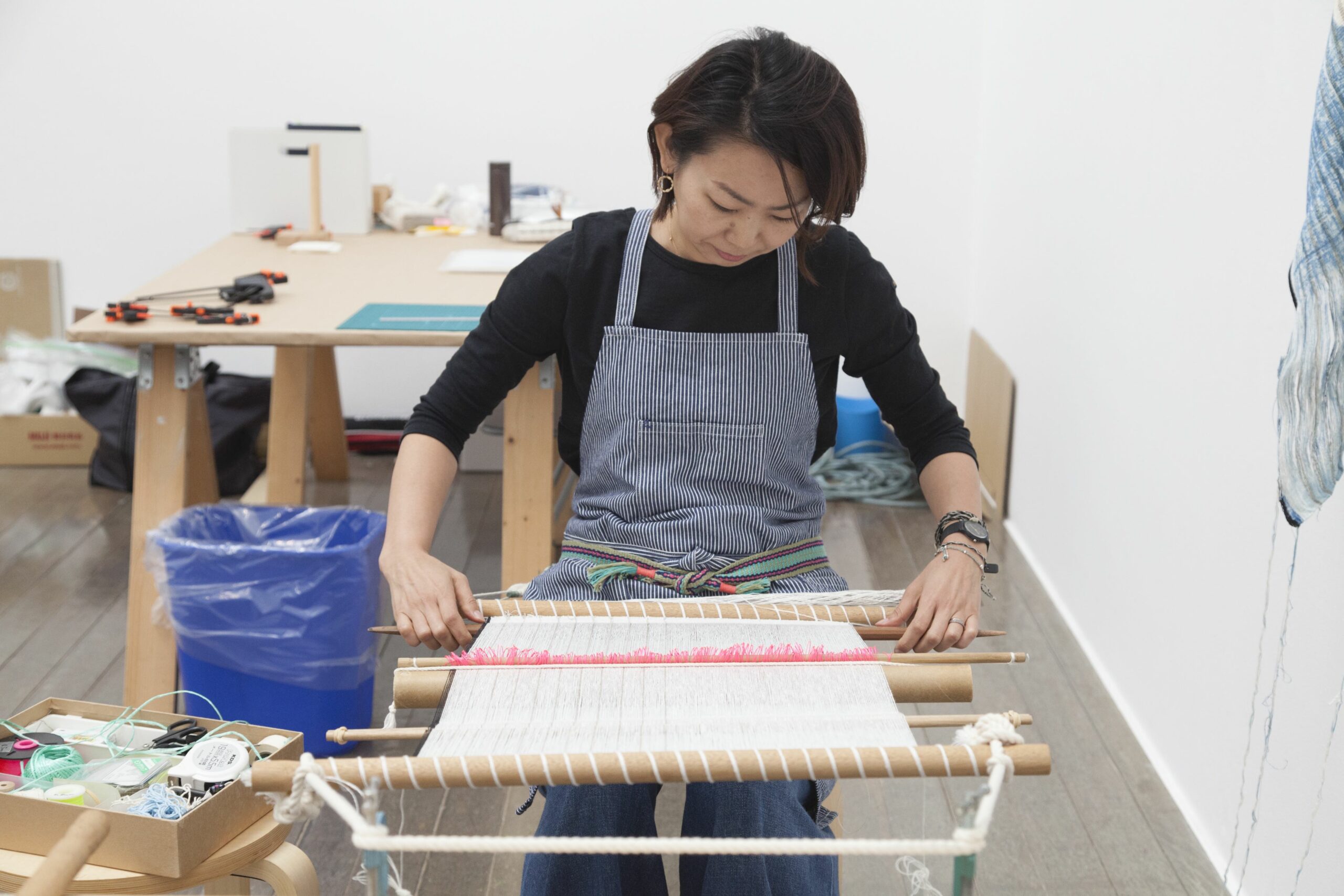

This February the Loft art-sit at Gorman played host to Zainichi Korean artist Haji Oh as she visited Canberra for the opening of her group show TEXTURE at Canberra Contemporary Art Space (CCAS).
She opened up about her practice, inspiration for her works and her current collaborations.

Tell us a bit about yourself and your practice. How long have you been practicing, and which disciplines do you work with?
I am an artist who utilizes techniques such as weaving, dyeing, tying, and stitching based on textiles and fibre. I attempt to shed light on the untold stories of women and unnamed individuals whose lives have touched me. In a recent installation, I have used photographs, texts and sounds, along with textiles.
I studied art at the Dyeing and Weaving department of the faculty of fine arts at the Kyoto City University of Arts and got a PhD at the same university. I learnt several techniques of textile making, including weaving with a Japanese style of weaving loom. In recent work, I have used a backstrap weaving loom referred from Guatemalan technique for making my artwork.
What provides inspiration for what you create?
I have created my artwork drawing on my experiences of Zainichi Korean backgrounds.
Zainichi means people who live in Japan in Japanese. Mainly, this word is used for the expression of migrants in Japan. My grandparents migrated from Jeju Island in Korea to Osaka, Japan, under the occupation of the Japanese Government around the 1930s. So, I am a third-generation Zainichi Korean, born and raised in Japan.
I started my practice investigating my Korean heritage identity by exploring my grandmother’s story. My grandmother did not talk about her experience when she was alive. After she passed away, I started to trace her unspoken memories. My art practices are based on these experiences.
You were born in Osaka and now reside in Australia, has the move changed the way you work?
I was born in Osaka, Japan. Before coming to Australia, I thought my social status as Zainichi Korean was based on a relationship between Korea and Japan. Then, after moving, I started to explore broader aspects, such as tracing the trajectories of people who have crossed the Pacific Ocean.
Tell us about your works on show at CCAS.
After moving to Australia, I started the grand-mother island project to explore the stories between Korea, Japan and Australia.
At the CCAS, I have shown my artwork, titled Nautical Map, which is the first Chapter of this project. Nautical Map consists of three textiles, one of them traces of Jeju Island, Korea. One other piece traces Thursday Island in Queensland, and the last one traces Mt. Kiera in Wollongong.
The islands can represent a metaphor for political relationships and an imaginary space for imagining personal histories beyond the nation.

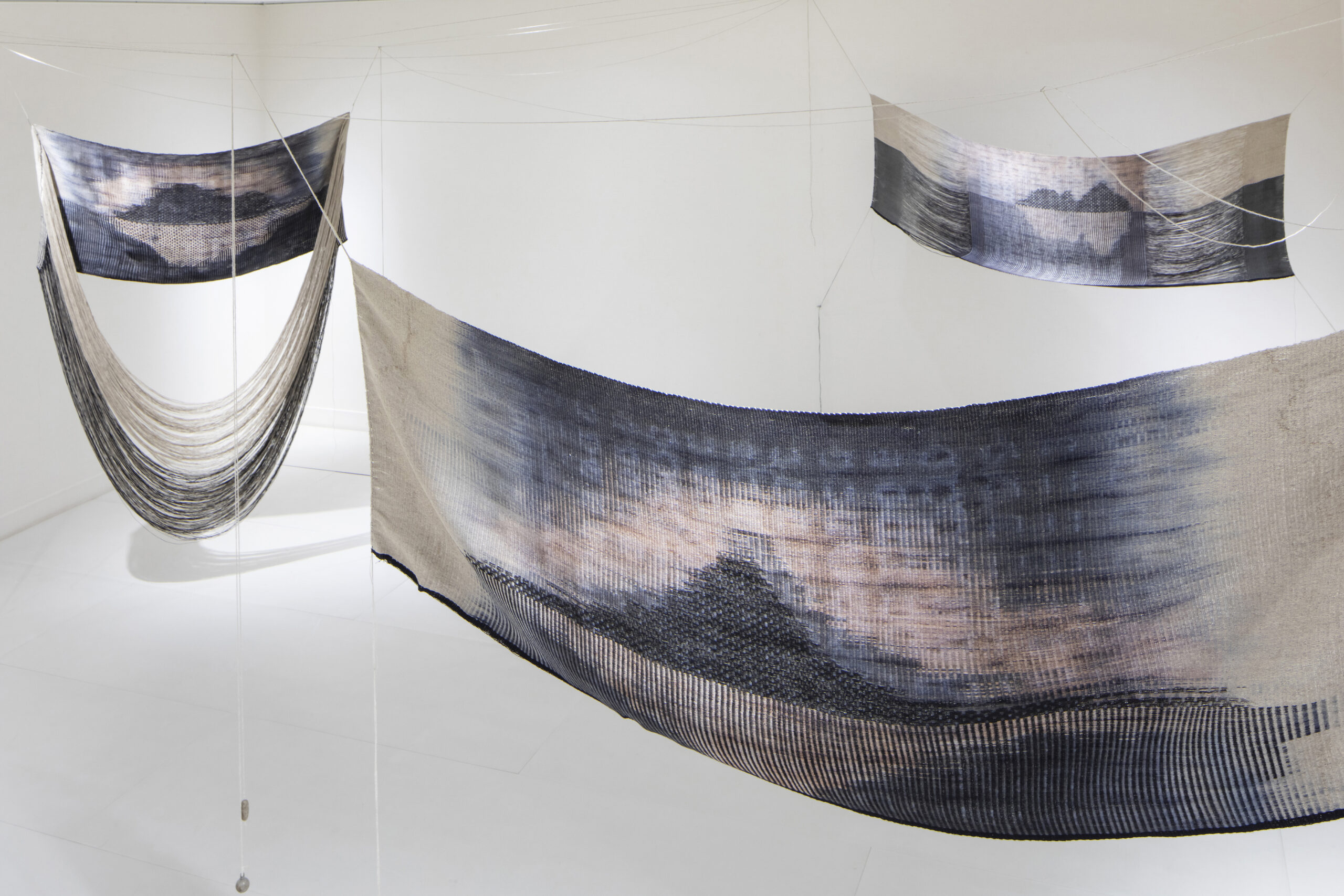
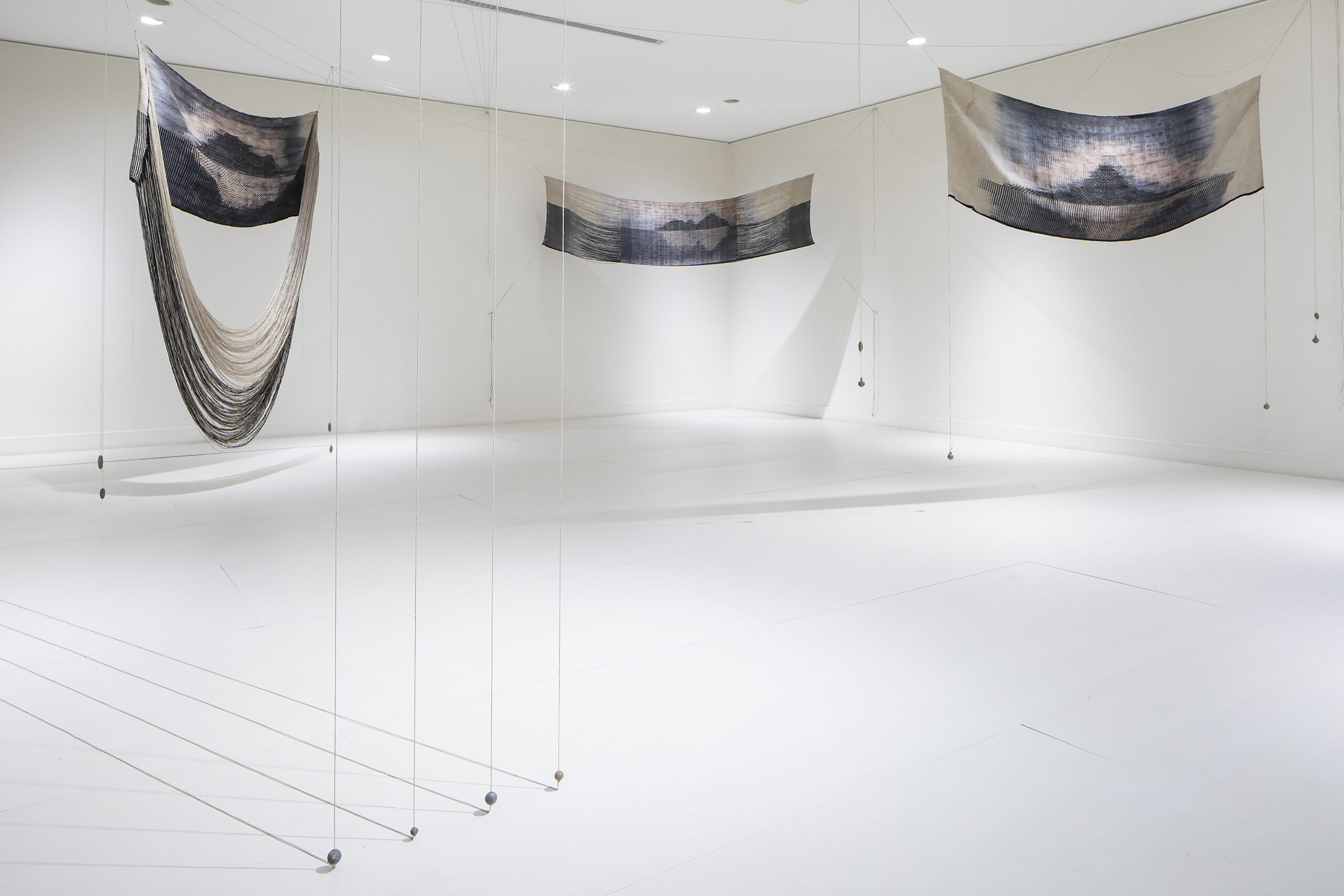
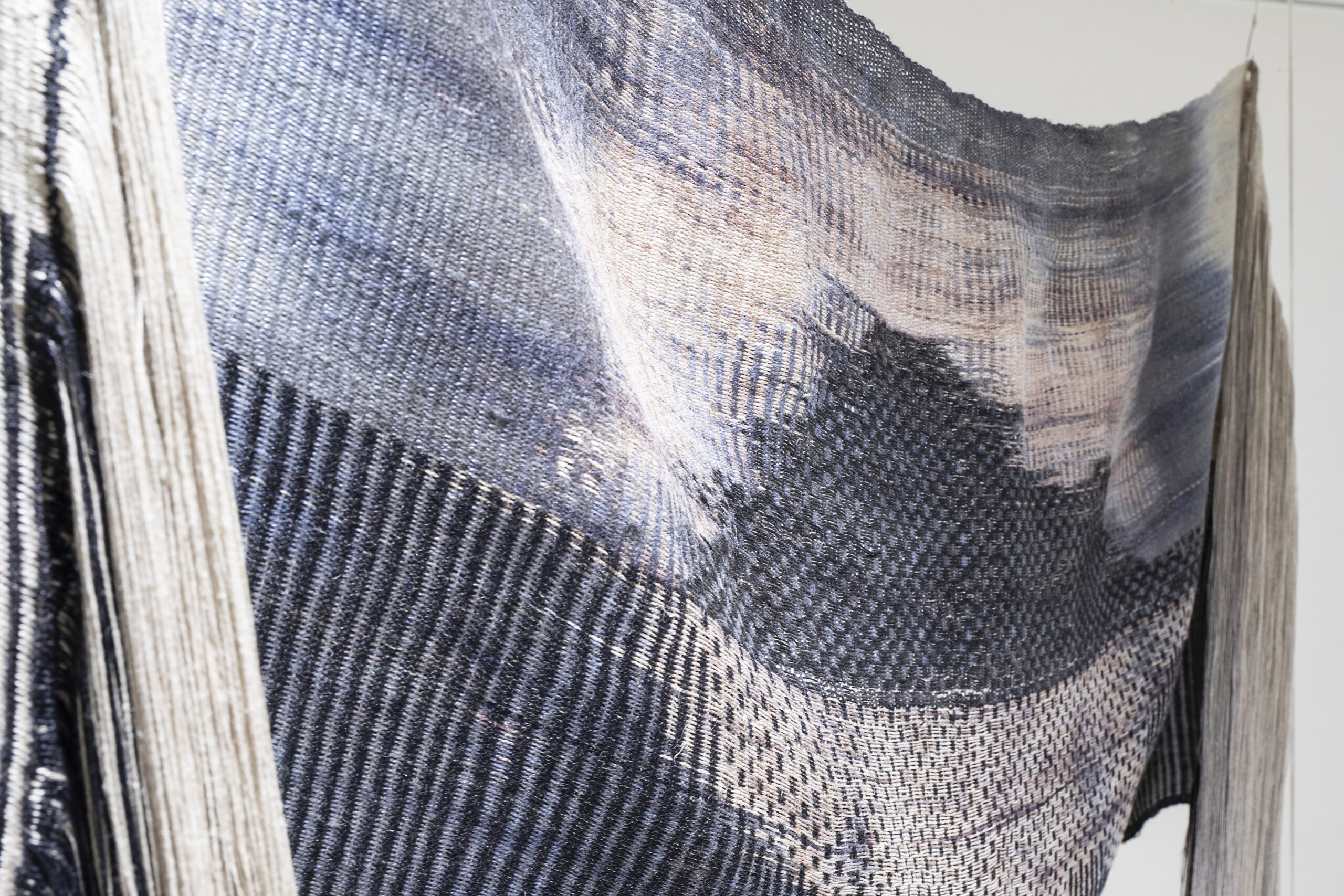
Nautical Map, 2017, photo by Kigure Shinya
 What are your other current or upcoming projects?
What are your other current or upcoming projects?
I have shown my artwork, Seabird Habitats, which is Chapter four of the grand-mother island project, in an ongoing group exhibition at the Mori Art Museum in Tokyo. In addition, I have worked as a creative duo named ‘textus’ with Michiyo Miyake, a writer and translator.
https://www.mori.art.museum/en/exhibitions/roppongicrossing2022/index.html
https://www.instagram.com/textus_hm/
Outside of your practice, how do you spend your time?
This could be a part of my practice, but I enjoy making Korean patchwork cloth, Chogakbo, a kind of Korean wrapping cloth, Pojagi. Chogakbo consists of fabric scraps. The pieces of fabric have unique and geometric shapes. I like making Chogakbo/Pojagi because it is made with simple fine technique and allows for beautiful compositions. You can see examples here.
See more of Haji’s work on her website http://hajioh.com
Portrait Photo: Mieko Matsumoto
TEXTURE, Curated by Dan Toua
Details:
4 February – 1 April 2023, Canberra Contemporary Art Space
44 Queen Elizabeth Terrace Parkes ACT 2601
Gallery Hours: 11am – 5pm, Tuesday to Saturday
